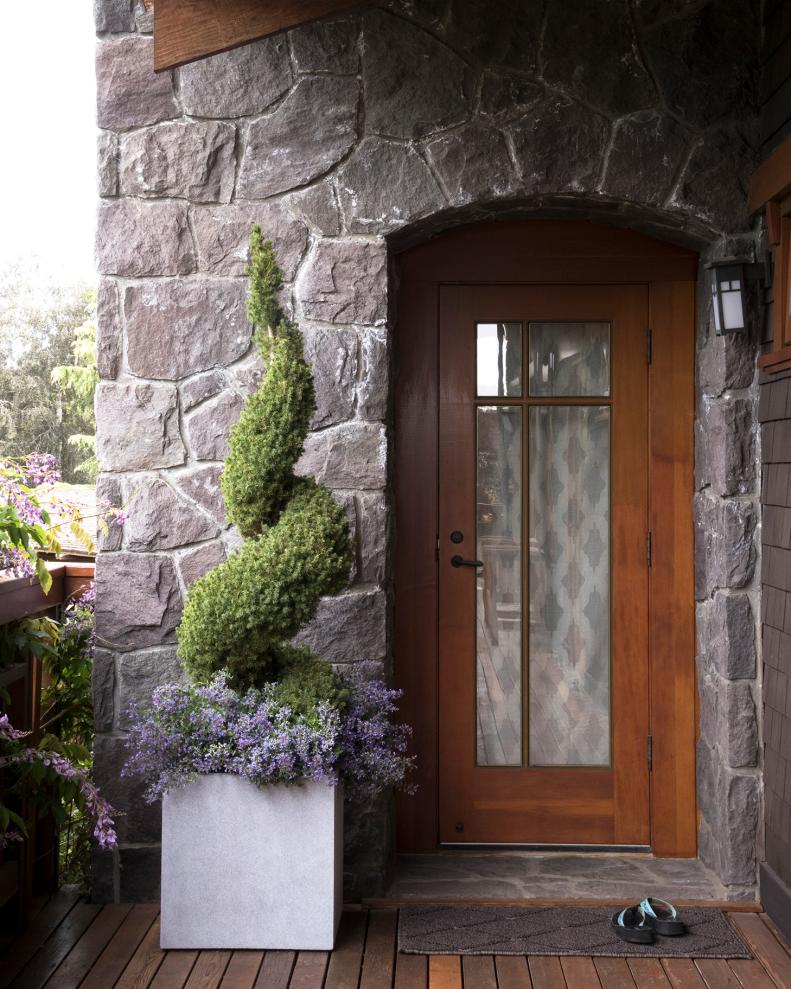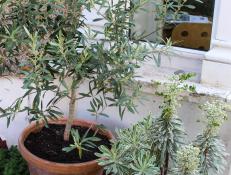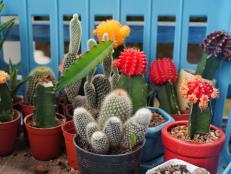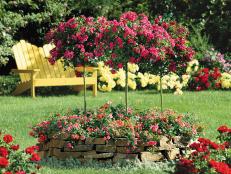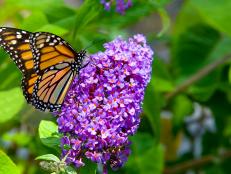1 / 21
Photo: DOREEN WYNJA, DOREEN WYNJA, DOREEN WYNJA
Add Cold-Season Color With Outdoor Winter Plants
Just because it’s winter doesn’t mean you have to settle for a barren, gray landscape outside your door. Putting cold-hardy potted plants outdoors on your porch or patio is the secret to a cheery outdoor space. Keep in mind, plants in pots are more susceptible to freezing than they are when they’re in the ground, so pick outdoor winter plants that can survive a climate one or two zones colder than where you live, says Georgia Clay, new plants manager at Monrovia Plants. “If you live in Zone 6, pick plants for containers that are marked zone 4,” Clay says. Here’s a selection of outdoor winter plants that can thrive in containers and some expert tips for keeping them healthy.






